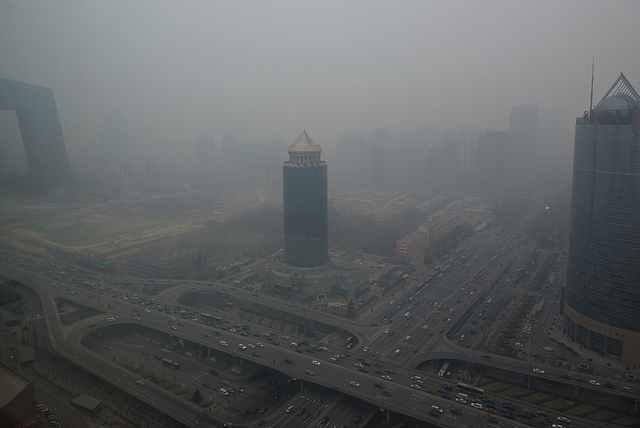Human activities like burning fossil fuels and vehicle emissions generate of variety of aerosol particles like black carbon, organic, sulphate, and nitrate particles. The interaction between black carbon and other aerosol particles can change the physical and chemical properties, such as light absorption of black carbon particles. Understanding the chemical nature of these aerosol particles is important in evaluating their environmental impacts. Continue reading
Tag Archives: air pollution monitoring
Real-time characterization of soot particles
Soot particles are seen everywhere from city centres to the Alps. There’s ongoing debate on the nature and dynamic evolution of these particles in atmosphere. Soot are light-absorbing, chemically and morphologically complex particles that contribute to air pollution and can have negative health effects. Soot particles are emitted from flames and engines and are highly regional pollutants. Continue reading
Determining the uncertainty and variability in social costs for air quality
Scientific research is not conducted in isolation; instead, it brings together researchers in different fields as well as policymakers. Dr. Elisabeth Gilmore, Assistant Professor at the University of Maryland’s School of Public Policy, spoke about how air quality research is used in policy making to estimate the social costs of fine particulate matter (PM2.5). Continue reading
CAREBEIJING progresses air pollution control measures in Beijing

Beijing as seen through the recent smog episode. (Photo credit Flickr user: Infinite Jeff)
The severe air pollution in China’s capital, Beijing, has made the news around the world these past two months, with many wondering what was causing the smog. Professor Tong Zhu, of Peking University’s College of Environmental Sciences and Engineering in Beijing, delivered a special SOCAAR Seminar addressing the recent air pollution episode. He also highlighted steps that could be taken to improve the air quality in Beijing and the surrounding North China Plain. Continue reading
Human exposure studies investigate response pathways to air pollution
Air pollution is often linked to adverse effects on respiratory health but it can have even stronger ties to cardiovascular health issues. In the first SOCAAR Seminar of 2013, Drs. Krystal Godri Pollitt and Bruce Urch discuss their findings from a number of recent human exposure studies looking at the effects of particulate matter (PM) exposure on cardiovascular health.
A number of studies over the last 10-20 years have found pollutant exposure has led to increases in cardiovascular related illness or death. But the mechanisms of the body’s response to exposure is still unclear. The research presented aims to improve the understanding of the response pathways to PM exposure, information which could ultimately be used to improve the air quality policies that are implemented. Continue reading
Improved air pollution monitoring techniques may lead to sustainable development
Much science, policy, and practice in the air-pollution community revolves around human health. However, if we look to University of Waterloo Environment and Resource Studies Professor Robert Gibson’s principles of sustainable development, we can see that focusing almost exclusively on health leaves many dimensions of sustainable development under serviced.
Our latest paper, published online on Oct. 3, 2012 in the Science of the Total Environment, discusses how new technologies are making air pollution monitoring a more effective tool in assessing the sustainability of development. Continue reading
